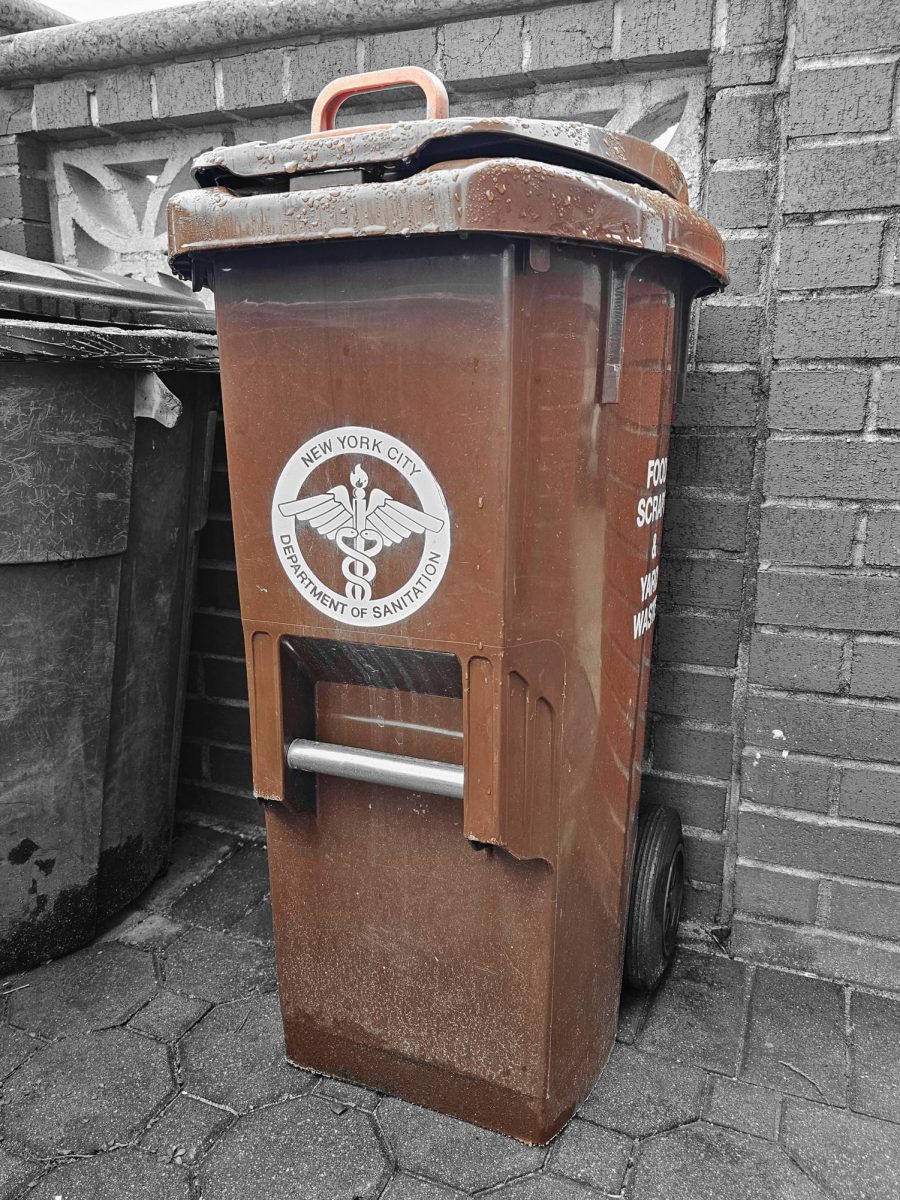US News & World Report ranks CUNY Baruch College at No. 9 in Regional Universities North, moving up five positions from last year.
Some of Baruch’s notable rankings include No. 1 in New York, No. 1 in social mobility and No. 2 in public schools.
Baruch’s News Center shares President Wu’s response to Baruch’s high ratings.
“It is gratifying that Baruch’s high-quality academics, value and excellent post-graduate outcomes continue to be nationally recognized,” says Baruch College President S. David Wu. “A top-quality education that is accessible while delivering outstanding career outcomes is critical for our country’s infrastructure for opportunity. Baruch aspires to be a national model for access, excellence and outcomes.”
U.S. News provides students with an in-depth overview of colleges or universities they may be interested in on their website.
The site has a feature listing all the school’s rankings called “Will You Get Into?”, which shows a scatterplot of the GPAs and SAT scores of students who applied to the college of their choice and shows how they compare to other students who either got accepted, rejected or waitlisted.
Another feature on their website shows the average cost of the selected college or university. U.S. News includes an in-depth analysis of the institution’s financial cost under “See More Cost Details.”
According to U.S. News, Baruch’s out-of-state tuition cost is $19,131, and its in-state tuition is $7,461. In addition, room and board at Baruch costs $21,788 and the basic financial aid package is $6,783.
“CUNY–Baruch College’s tuition is $7,461 for in-state and $19,131 for out-of-state students. Compared with the national average cost of in-state tuition of $11,560, CUNY–Baruch College is cheaper. For students coming from out of state, the tuition is cheaper than the national average cost of out-of-state tuition of $27,320,” U.S. News reports.
The article, “How U.S. News Calculated the 2024 Best Colleges Rankings” by Robert Morse and Eric Brooks described the methodology behind ranking each university and which databases it obtained data from.
“U.S. News evaluated nearly 1,500 U.S. four-year bachelor’s degree-granting institutions on as many as 19 measures for its 39th rankings edition. These statistics only pertain to measures reflecting academic quality and graduate outcomes – factors that are universally important to prospective students.”
U.S. News wanted to create a ranking list that provided incoming freshman with relevant information pertaining to their interests and concerns about choosing a college or university to apply to.
U.S. News also shared what sources they used to obtain information about certain schools, apart from Carnegie Classifications.
“New this year, U.S. News elected to only use ranking factors in which a related third-party sourced value was typically obtainable when schools failed to provide adequate data for a given ranking factor or declined to submit our survey altogether. For missing U.S. News statistical survey data, one-year or older data from the U.S. Department of Education’s National Center for Education Statistics was substituted, using its Integrated Postsecondary Education Data System (IPEDS) data center tool.”








